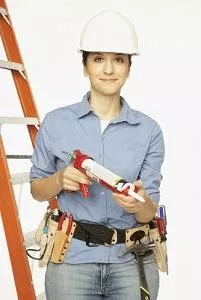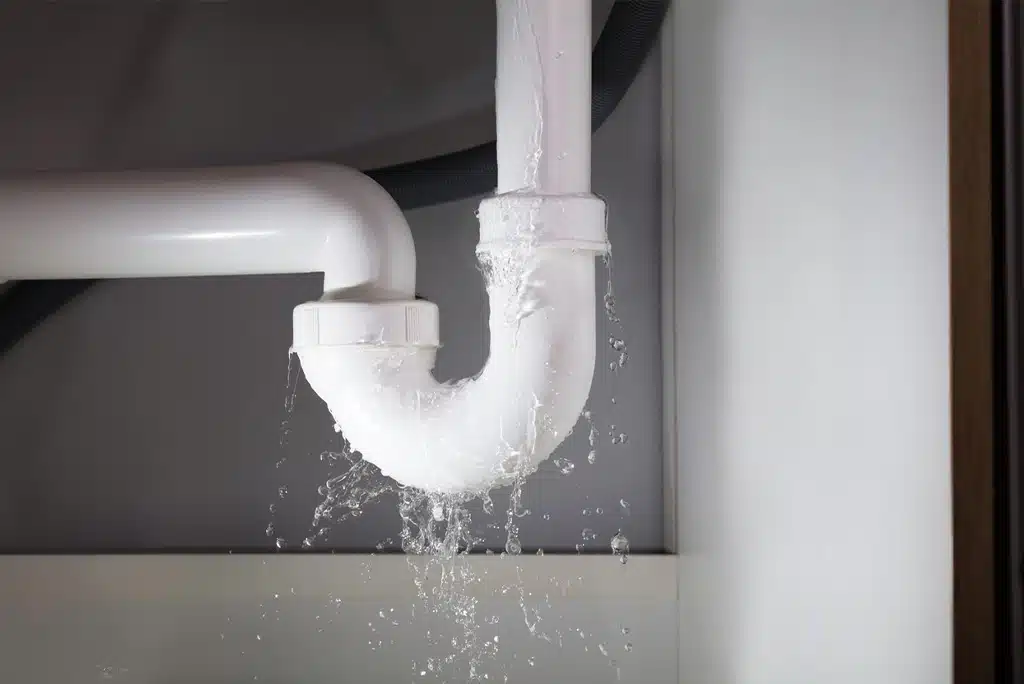Sealing Air Leaks Can Impact HVAC System Efficiency, Comfort and Utility Bills
Whether your home is older or newer, tightening up the shell by sealing air leaks helps maximize system performance, home comfort and energy savings.

Why Seal Up Your Home?
Home heating and cooling in the average household makes up half of the monthly energy budget. This expense itself is more than enough reason for sealing up your home, but also consider these reasons:
- Leaky homes increase the load placed on heating/cooling equipment.
- Air leaks create discomforts in individual rooms with drafts and uneven temperatures.
- Air exchange between the living areas and non-conditioned spaces of the home introduces contaminants into the living space air, such as insulation fibers and volatile organic compounds (VOCs).
Common Air Leaks
These are common surfaces and locations in the typical home that may require sealing to prevent air exchange between the living spaces and non-conditioned spaces, such as inside walls, attic space, the basement, crawl space and attached garages:
- The perimeter of access doors (home entry doors, sliding doors and attached garages)
- The perimeter of attic hatches and access doors
- Window panes and frames
- Wall plates (e.g. electrical outlets and light switches)
- Foundation and walls
- Entry points into the home shell for piping, cables and wiring
- Recessed lighting
Sealing Air Leaks
Two basic and effective tools used for sealing air leaks are weatherstripping and caulk. Both weatherstripping and caulk are available in an assortment of materials and colors to seal air leaks based on the type of surface to be sealed. Weatherstripping is generally made of foam, single or double-sided adhesive and it is available in rolls and strips.
Weatherstripping is excellent for sealing leaks around doors and window sills. If leaky doors and windows have old weatherstripping that is worn, it should be removed before affixing new weatherstripping. Don’t forget to seal the bottom of entry doors with door sweeps and draft blockers. If properly installed, it should be difficult to slide a piece of paper beneath the entry door.
A very important area that needs tight sealing is the access hatch to the attic. Heat naturally rises, which affects heat energy exchange no matter the season between the living spaces and the attic. Make sure weatherstripping is adequately applied around the entire perimeter of the hatch or door.
Caulking Basics
Caulks are sealants which are applied with a caulk gun or available in squeeze tubes. They are available in a variety of materials and colors to match the surface to be sealed. Caulking can quickly become messy, so be prepared to clean as you go if you are going to caulk air leaks yourself.
You’ll need dry cloths, damp cloths, gloves and eye safety wear. If you are venturing into the attic, you should wear additional safety clothing, such as long sleeves, pants and a hard hat protects your head from protruding nails and other potential hazards.
Starting at the bottom of your home and working your way up, check these areas:
- The foundation and wall joint found in some basements should be sealed.
- If you have insulation beneath the flooring, look for dirt streaks on the insulation. This is a sure indicator of air leaks. Seal as needed.
- Moving to the living spaces, caulk is used to seal thin gaps and cracks around window frames.
- You may also apply caulk at loose window panels and frames of older windows.
- Inspect attic insulation for dirt streaks. The attic often contains piping, cables and wiring. Use caulk or expandable spray foam, depending on the size of the space that needs sealing.
- Recessed lighting often requires sealing. Use caulk or expandable spray foam.
- The home shell should be inspected for holes, gaps and cracks. Caulk and spray foam may be used for sealing these air leaks.
If you would like more information about sealing air leaks in your home, please contact the Air Experts today.
Image Provided by Shutterstock.com







